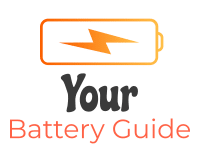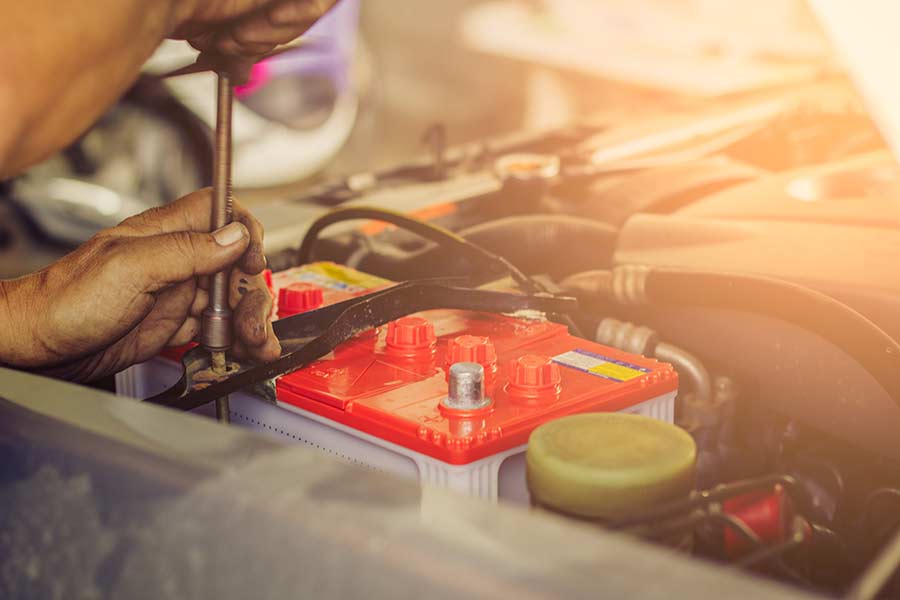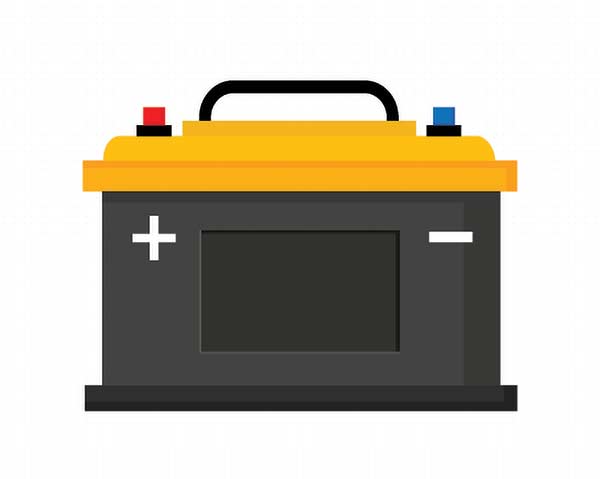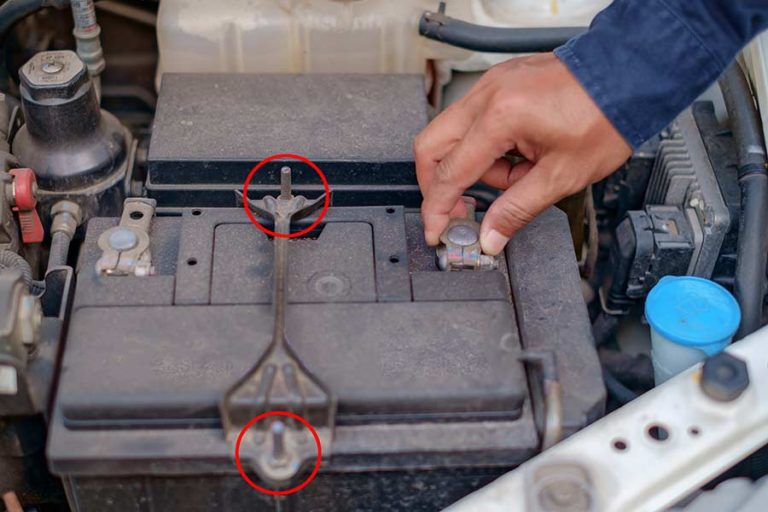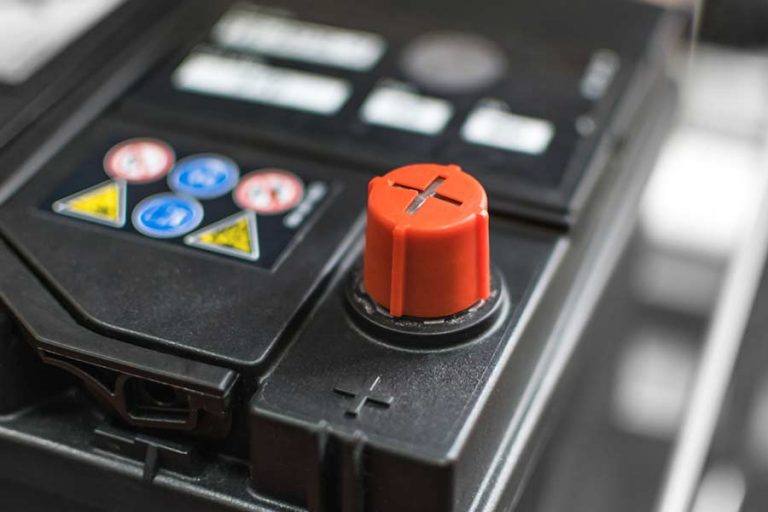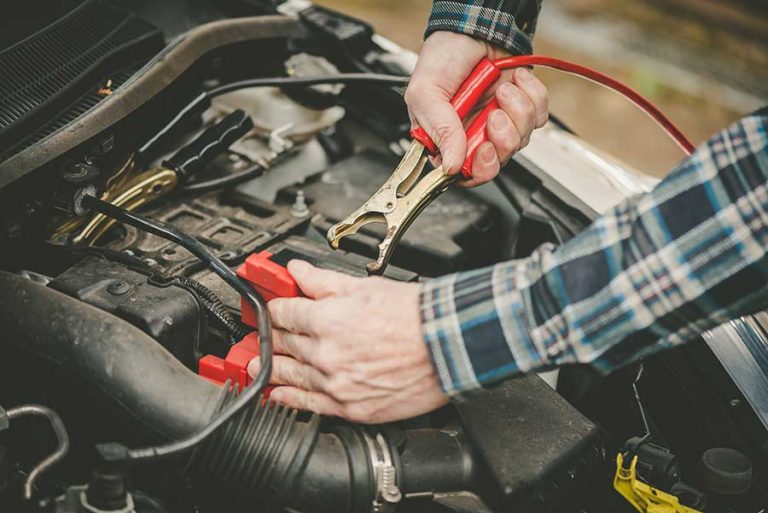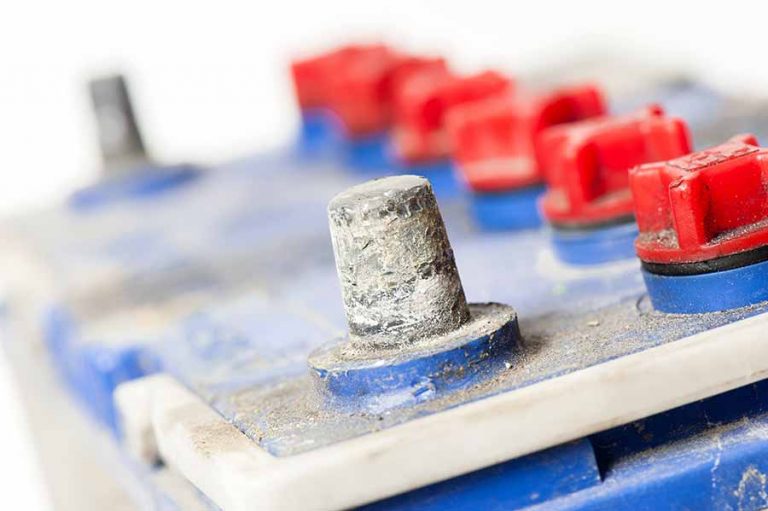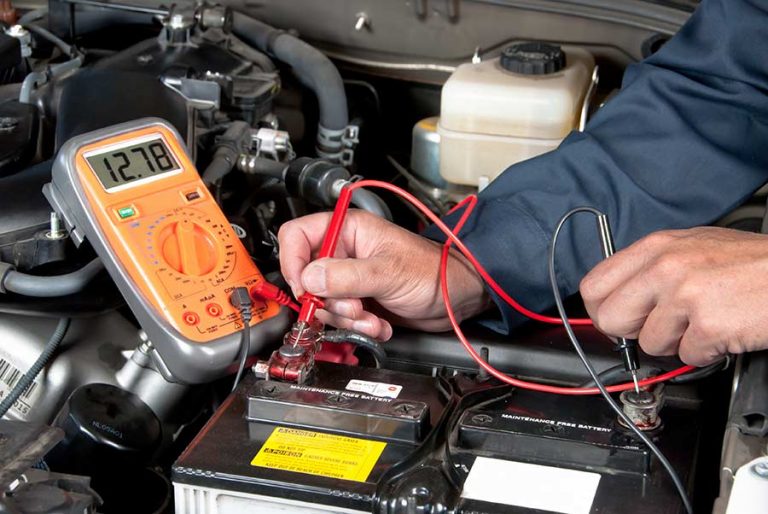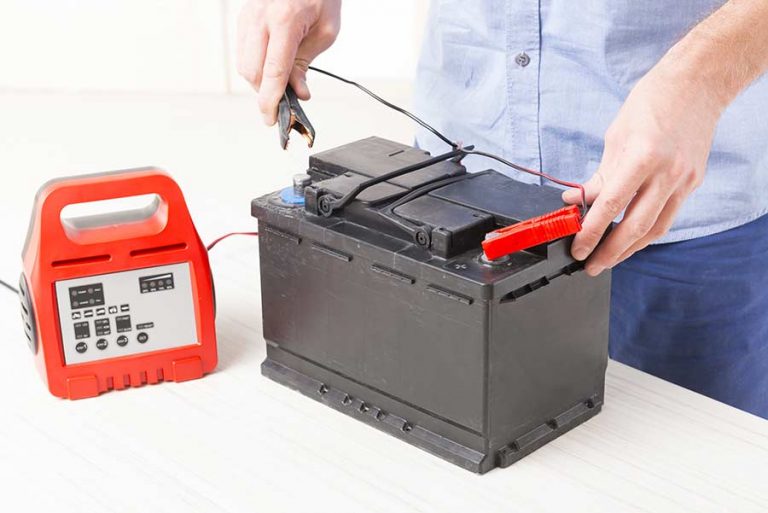How To Change A Car Battery
You should learn how to change a car battery for several reasons. Your battery could be flat, and you may need to charge it, or you may need to replace a dead car battery. Whatever the reason, you do not need to be an expert to learn the correct method on how to change a car battery.
This short guide will teach you the correct methods used to get the best results on how to change a car battery, quickly and easily.
The best steps on how to change a car battery:
- Switch off your car engine.
- Release the battery cables from the battery terminals in the following order : Negative (-) or black terminal first, Positive (+) or red terminal last.
- Release the clamps holding the battery in place.
- Carefully remove your car battery.
The rest of this guide will cover the steps above in more detail. I will walk you through, step by step, both how to remove a car battery and then how to replace a car battery.
I will cover everything that you need to know to perform this task easily and safely. I will also answer a few of the most common questions that get asked.
I have included a few diagrams to help you to identify certain parts or the battery and I have also included a comprehensive paragraph around battery safety. Battery safety should not be ignored.
If you haven’t already, read our Car Battery Overview page. It has lots of useful information.
Car Battery Safety Information
Battery safety is of paramount importance as there is always a risk of danger or physical harm when working with batteries or electricity of any kind.
Following proven and trusted methods will always help to reduce these risks. Incorrect handling of a car battery can also cause damage to your vehicle electronics. Risks are generally low, but they are also real, and so precautions should always be taken.
A lead-acid car battery contains sulphuric acid. If this comes into contact with your skin, it can cause severe burns. If this acid were to get into your eyes, it could cause blindness. You may be wondering how you would come into contact with this acid as it is inside the battery.
Dependent on the state of your battery, it may give off small amounts of hydrogen gas. When mixed with air, hydrogen gas becomes highly combustible and can cause an explosion if ignited by say a stray spark or intense heat. An exploding battery can send sharp pieces of its plastic casing and the contained sulphuric acid through the air, injuring anyone nearby.

It is always advisable to work on your battery in a well-ventilated area, such as a spacious garage or outside. The ventilation will help dilute or disperse any gas fumes near the battery. It is also advisable to wear protective clothing such as eye goggles and insulated gloves to protect from burns.
I would certainly recommend not smoking, as this is an obvious source of ignition. If you are working under the hood of your car, there are several potentially flammable chemicals such as oil and petrol that you will run a risk of igniting.
A final warning is that car batteries carry a relatively low voltage, usually 12 volts and sometimes 24 volts. This voltage is unlikely to cause any serious harm, however, the amperage that can be output from this type of battery can cause much more harm.
Without going too much into the difference between volts and amps, it would be good to remember that it is not usually volts that can kill, but amps pack a big punch and can cause serious harm or even death.
With this in mind, I would suggest removing any jewelry before working on any electricity as metals conduct electricity very well and may cause sparking or arcing.
By following the safety advice above, it is highly unlikely that you will have any problems however, risk is always present when working with batteries and we accept no reponsibility for any harm caused to yourself or damage caused to you vehicle.
Tools To Change A Car Battery
Removing a car battery is generally quite an easy task, and you will only need the basic tools. A small socket set would be ideal and may be sufficient to complete this task. A socket set may be too bulky to access some nuts due to the placement of some batteries. If this is the case, a set of spanners will be needed.
Nut and bolt sizes can vary, so I cannot recommend a particular socket or spanner size, you will need to find this out for yourself.
In the very inlikely event that you do not have a set of tools, or cannot borrow some from a friend, you can pop over to Amazon. You should find exactly what you need and it shouldn’t break the bank. Check out our link below:
WORKPRO 52-Piece Hand Tool & Socket Set
If you are buying tools for this job, you would be best advised to get a selection of both sockets and an adjustable wrench as you can see in the exampl toolset above. This will give you the most options.
A couple of adjustable wrenches or pliers may be used if you do not have a set of sockets or spanners.
Step By Step Guide To Change A Car Battery
So we have talked about car battery safety, the tools that you will need and the preperations that you will need to make, so lets get into how to change a car battery the right way step by step.
The way car batteries are seated in a car and their location can vary. This guide covers the most common scenario. Any variations from this will probably be slight.
The way in which a car battery is secured will vary the most but identifying which screws you will need to loosen to free the battery is not too difficult.
A quick look around the car battery is often enough to find which screws hold the battery in place.
Which Are The Positive And Negative Battery Terminals?
Before you can change your battery, you will need to know which are the positive and negative battery terminals.
The battery diagram below is what you will find in most cars. You will notice that there is a red terminal and a black terminal. The red battery terminal also has a (+) sign printed on the battery casing and is the positive terminal. The black battery terminal has a (-) printed on the battery and is the negative terminal.
Most battery terminals are identified as red and black, although you will notice in the below diagram that the neative termonal is in fact blue. If you are unsure, check for the (+) or (-) symbol.
Some car batteries have protective rubber or plastic caps covering the battery terminals and protect them from damp and dirt. These plastic caps will lift off quite easily to expose the metal terminal.
How To Disconnect A Car Battery
It is important to understand how to disconnect a car battery correctly. This will avoid damaging the battery or giving yourself a shock.
Disconnecting a car battery is a very routine and easy task, but incorrectly done, can cause damage the battery, the car’s electrical system, or even cause harm to yourself.
Make sure that the car ignition is switched off. To disconnect a car battery, you will remove the cables connected to both battery terminals in a specific order.
First, you will need to remove the black (-) negative wire by unscrewing the nut that holds the cable in place. The wires are usually held on by a clamp.
It is difficult to comment on the exact method for removing the wire, but it should be easy to determine which connection type is used on your battery. If you are unsure, consult your car owners manual. When the clamp has been loosened, the wire should slide up over the terminal.
Once you have removed the wire from the negative terminal, you will want to place it out of the way and so that it doesn’t slip back toward either terminal. You could zip tie the wire safely away or put some thick cloth over the end of the wire. If the wire is not colored black, you may also want to label it to remind you which terminal it came from.
You will now remove the red (+) positive wire from its terminal in the same way as above, again labeling it if necessary.
The positive cable may be carrying some residual current, so you will not want it to touch any metal in your car or the negative wire. Doing so may cause sparking or damage to your car’s electrical system.
When both battery cables have been removed, you will need to remove the battery securing bracket. The securing bracket may sit over the top of the battery or hold the battery in place from the bottom.
It should be obvious which bolts you will need to release. The securing system used is usually quite basic and just a visual check should make it quite obvious how your battery is being kept secure.
One example of a common securing bracket can be seen below.
Some car batteries have protective rubber or plastic caps covering the battery terminals which protect them from damp and dirt. These plastic caps will lift off quite easily to expose the metal terminals.
Now that you have removed the securing bracket, you can lift the battery out of your car. Car batteries can be quite heavy, so take care not to injure yourself.
How To Connect A Car Battery
If you need to know how to replace and re-connect a car battery, follow the steps above but in reverse.
Lift your battery into the car and secure it in place with the bracket. Attach the red (+) positive wire first to the (+) positive terminal on your battery. Next, replace the black (-) negative wire to the (-) negative terminal.
Replace any caps or covers that belong on your battery.
Well done, you have completed all of the steps and now know how to change a car battery.
